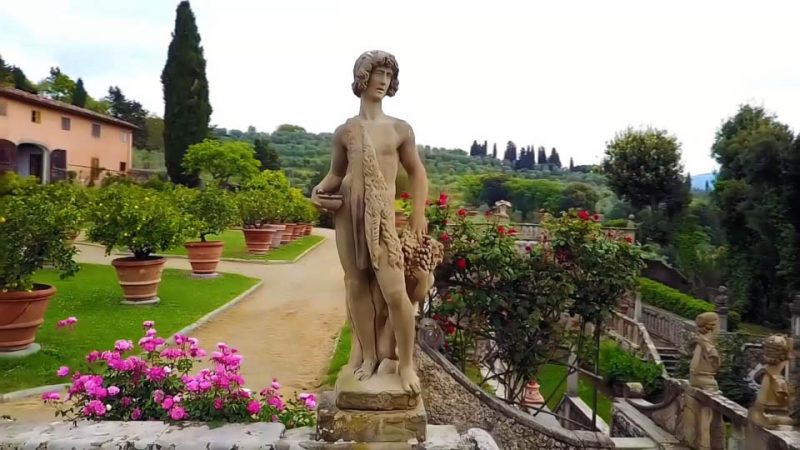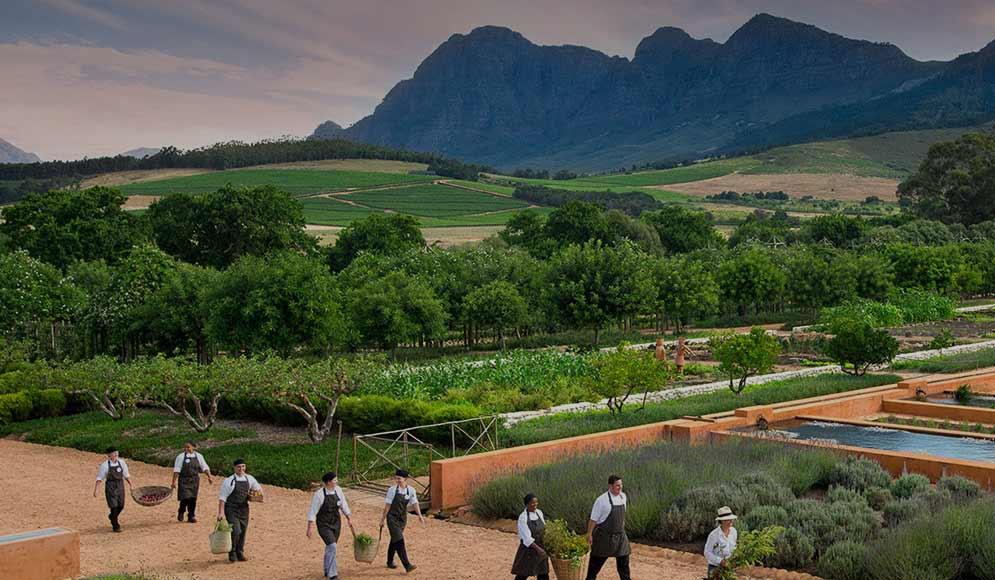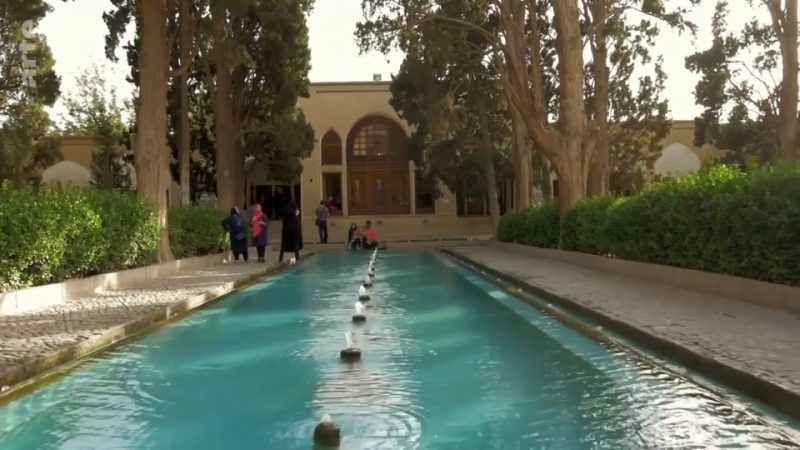Gardens Near and Far episode 40 – Powerscourt : this Irish garden has witnessed four centuries of history. Initially designed for the Wingfield family in the eighteenth century, the grounds of Powerscourt were the creation of the English architect and landscape designer Daniel Robertson.
Although Powerscourt is still privately owned, the Irish are justly proud of this historic garden with its splendid trees and statues, which incorporates superb panoramic views of the landscape. Until the nineteenth century, with the exception of the Italian garden, the grounds contained very few trees. But the seventh Viscount of Powerscourt wanted to have wooded grounds. His additions include an outstanding arboretum and an imposing redwood walk that stretches as far as the estate boundary.
Gardens Near and Far episode 40 – Powerscourt
Powerscourt Estate, located in Enniskerry, County Wicklow, Ireland, is a large country estate which is noted for its house and landscaped gardens, today occupying 19 hectares. The house, originally a 13th-century castle, was extensively altered during the 18th century by German architect Richard Cassels, starting in 1731 and finishing in 1741. A fire in 1974 left the house lying as a shell until it was renovated in 1996.
Foreword, the Wingfields had long coveted the lands of Phelim McCartan of Powerscourt (sl.1603), seeking to draw Phelim McCartan into an act of rebellion, the penalty for which was forfeiture. The feud climaxed on the 14 May 1603 when the Wingfields murdered Phelim in the place known as the Killing Hollow near Powerscourt, despite the fact that Phelim’s grandson and heir Turlough son of Phelim’s son (d.1616) remained in occupation of Powerscourt. King James I of England (d.1625) on 27 October 1603 granted a lease of the manor of Powerscourt for 21 years to Sir Richard Wingfield for a rent of £6 Irish and a knight’s fee.
The reasons for the forfeiture of the McCartan estates were because of the rebellious acts of Brian O’Neill (d.1549) and Phelim McCartan himself. That the actions of O’Brien, O’Neill & McCartan, Lord of Kinelarty, were cited as a reason for forfeiture was bizarre given the fact that at least Phelim McCartan received a posthumous pardon for unspecified offences on 23 April 1549. Furthermore, alongside Baron Cromwell his estates were surrendered to regrant.




